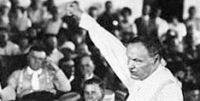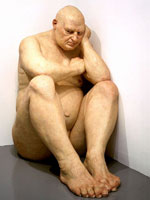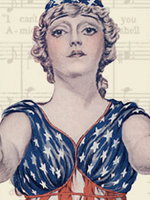Caumsett State Historic Park
In 1921 Marshall Field III purchased 1,750 acres of Lloyd Neck to create one large estate. He named the land after its Matinecock Indian name, Caumsett, which means "place by a sharp rock." Field created a self-sufficient English-style estate as a combination country club, hunting preserve, and home, complete with its own water and electrical supply. When the estate was finished, it had facilities for every sport except golf.
The site offers tours and some educational services.


